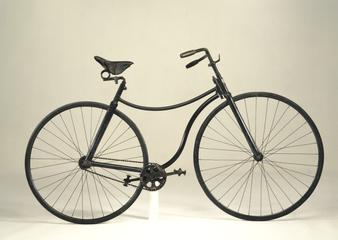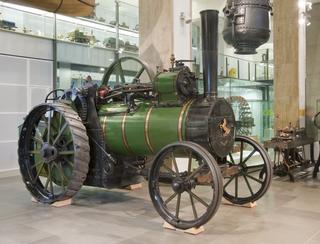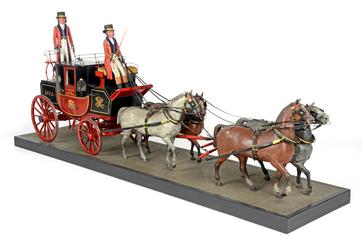














'Knuckle' design tyre debris collecting device. Developed by The Tyre Collective.
This on-vehicle ‘knuckle’ prototype for collecting tyre debris represents the early outputs of The Tyre Collective – a team working to reduce the impact of plastic pollution from tyre wear. Based at the Royal College of Art, the team worked with experts in Aerodynamics/Material design from Imperial College London, utilising electrostatics and airflow to trap particles leaving a tyre’s surface. This allows the particulates to be collected in a container attached to the wheel, to be later disposed of or recycled.
Although it is well known that combustion produces emissions from road transport, road transportation is also the second largest source of microplastics in our oceans. This pollution impacts upon air quality, with over half a million tonnes of tyre particles produced annually in Europe alone. In total, this accounts for up to 50% of PM2.5 and PM10 (fine particulate matter) from road transport. This problem is only likely to worsen, as the transition towards electric vehicles produces cars and vans with heavier batteries, significantly increasing the amount of tyre wear.
First initiated as a result of DEFRA’s ‘call to action’ in July 2019, the Tyre Collective undertook an iterative process of experimentation in order to develop this device. In doing so, the team have often spoken about the power of ‘learning through doing’. Although they first considered adhesives and vacuum technology to collect the tyre debris, they became inspired to apply electrostatics to the problem when one member of the team rubbed a balloon against their sweater, applying it to a sample of tyre particles in order to watch them ‘dance’. This idea prompted the development of the first experimental ‘rig’, which consisted of a spinning bike wheel placed against a sprung road in order to mimic a tyre skidding. This rig was used to experiment with various typologies and materials, working out where to place the charged metallic plates in order to maximize collection efficiency. Since the particles were pre-charged as a result of their friction with a surface, they discovered only a single array of electrostatic plates was required, thus leading to the completed knuckle design that could be mounted to the wheel arch of a car. When positioned close to where the tyre meets the road, the device takes advantage of various air flows around the spinning wheel, furthering collection efficiency. In the future, the team hope to serve fleet vehicle operators, helping them to achieve zero-emissions. Future iterations will also provide data on the rate of wear, helping tyre and vehicle manufacturers understand the performance of their tyres.




